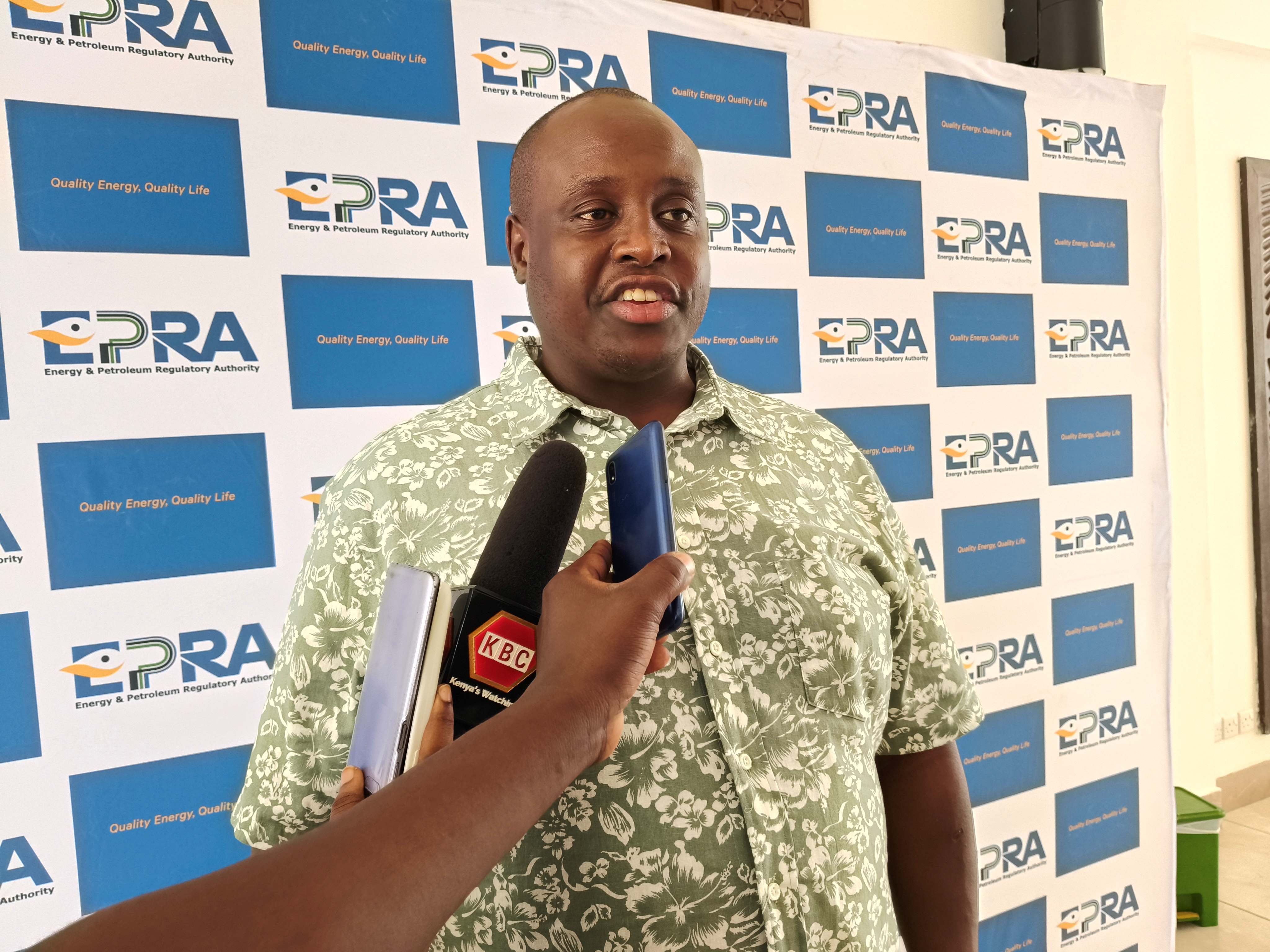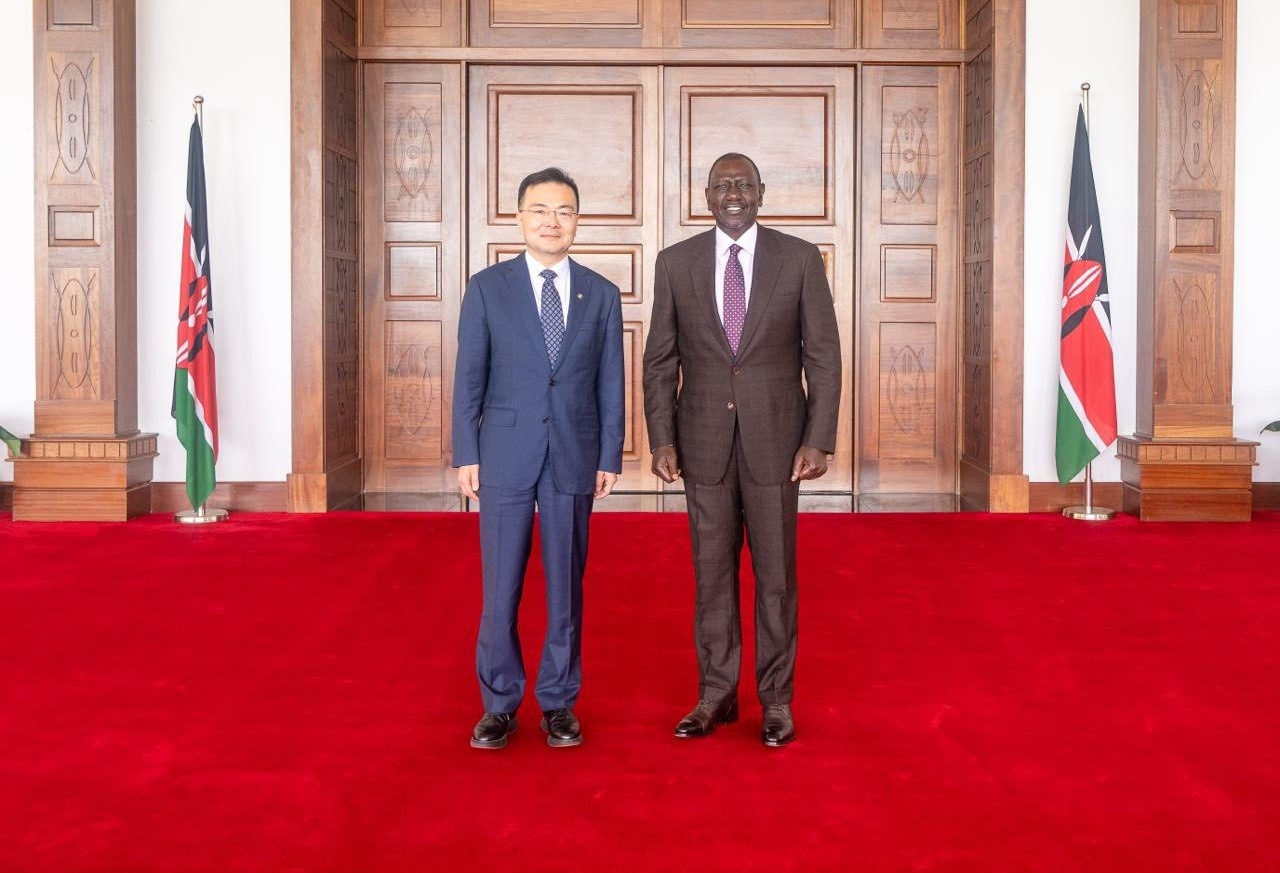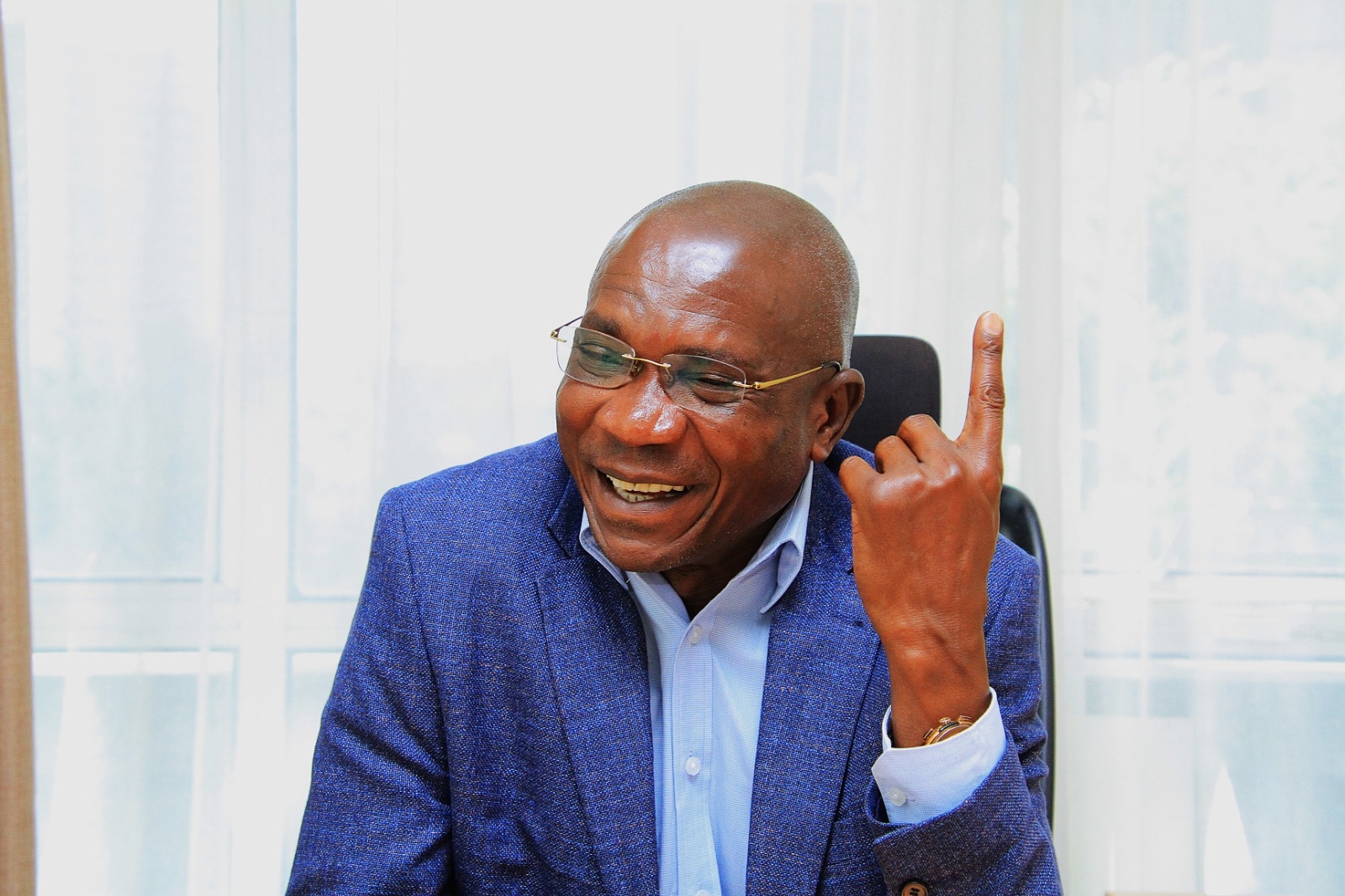
 Epra director general Daniel Kiptoo in Mombasa on Wednesday / BRIAN OTIENO
Epra director general Daniel Kiptoo in Mombasa on Wednesday / BRIAN OTIENO
Kenya is an energy-deficient country, importing energy from Ethiopia, Uganda and Tanzania, according to the Energy and Petroleum Regulatory Authority.
This is perhaps the reason Kenya is working on plans to produce nuclear energy, plans which face stiff opposition from environmentalists.
Speaking in Mombasa, Epra director general Daniel Kiptoo on Wednesday said Kenya has a deficit of about 283 megawatts.
It has an installed electricity capacity of 3,243 megawatts with an effective capacity of 3,030 megawatts.
However, as of February, the available capacity was 2,320 megawatts, barely exceeding the highest peak demand of 2,316 megawatts.
This means the reserve margin is less than five megawatts, posing a big challenge because of planned and unplanned outages due to the maintenance of the power plants.
The government has already sent a technical team to Ethiopia to negotiate the purchase of an addition 200 megawatts in July.
However, the nuclear energy plans, if successful, will ensure Kenya becomes an energy surplus country and could potentially sell energy to neighbouring countries.
DG Kiptoo said nuclear is safe but the plans have been marred with truths, half lies, speculation and genuine fears from the citizens.
“I think, first, it is an issue of how do you educate and conduct advocacy? How do you educate the people to understand the safe use of nuclear?” Kiptoo said.
He spoke during the 17th annual general assembly for the Energy Regulators Association East Africa.
Erea is an association of regulators in the electricity, renewable energy and downstream and upstream petroleum sectors in the EAC region.
The association has done a lot to foster information sharing, which is the first basis of collaboration, which has brought a lot of synergy in electricity trade, and in terms of development of oil and gas resources, local content and exchange of technical expertise.
“Today we are in a space where some countries have a power surplus, others have a power deficit,” Kiptoo said.
He said some first world countries like France and Germany have a lot of nuclear.
He said Kenya’s geothermal, wind and hydro energy sources will soon be depleted with the growth of the economy, where more industries will be established that will consume more energy.
“Once you are in a space where your economy grows and you have exhausted all your renewable energy capacity, where will you go? You go nuclear,” he said.
“But the issue here is the safe use of nuclear.”
He said it is possible to use nuclear in a safe way, especially since the International Atomic Energy Agency will be supervising the development of nuclear energy in the country once plans are complete.
Kenya has identified Kilifi as the best possible site where the first ever Sh500 billion nuclear plant would be constructed should all go according to government’s plan.
“But you know there has been some rigidity and difficulty in Kilifi and Kwale, which had been identified as the two best options in Kenya because of the requirement for cooling. You don’t have to use a lot of clean water to cool the nuclear reactors.
“It is an issue of how do you get the people of the Coast to appreciate that this is a good project,” Kiptoo said.
Energy CS Opiyo Wandayi has already announced that should Kilifi site prove to be difficult, the nuclear plant would be taken to Siaya county, near Lake Victoria.
“But have we done enough to sensitise the public that they will actually be safe using nuclear energy? I think it is an issue of who is able to embrace nuclear technology at the space that the government want to implement,” Kiptoo said.
The Center for Justice Governance and Environmental Action executive director Phyllis Omido, who has led the opposition to the planned nuclear power plant in Uyombo village in Matsangoni, Kilifi North constituency in Kilifi county, says Kenya has to exhaust her geothermal potential first before even thinking of nuclear.
However, Kiptoo said the ideal time for developing geothermal resources is between seven to 10 years.
And Kenya’s geothermal potential is 10,000 megawatts.
“What happens after you have exhausted all your hydro and geothermal energy resources, and you want to bring in industries with iron ore in Taveta and a big plant coming in Kitui? He posed.
“Do you need to plan today for you to be ready or you want to wait until you exhaust all your energy sources and that is when you start the process of getting nuclear which takes about 15 years?”
Instant Analysis
Recently, Energy CS Opiyo Wandayi announced the government is planning to establish the country’s first ever nuclear power plant in Siaya county, throwing environmentalists and politicians into confusion. This is because all along, the government has made it known it intends to establish the power plant in Uyombo village in Kilif county despite strong opposition from residents and environmentalists.














